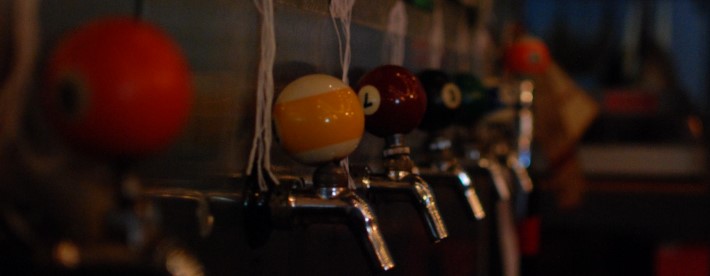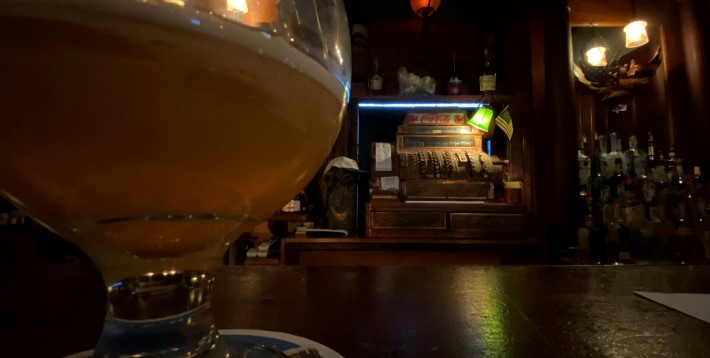
After visiting breweries in 18 cities across the country since the beginning of October, Jeff Alworth has written about what he learned and what he has seen change since making a similar trip in 2015.
It made me think I would like to listen to a conversation between Chris O’Leary, who visits breweries at a rate that would have been impossible when Daria and I were writing a travel column for All About Beer magazine (RIP), and Alworth.
Meanwhile, the takeaway I totally agree with is that the supply of barrel-aged beers fermented with mixed cultures exceeds demand.
Until Alworth books O’Leary for the Beervana podcast, I’d suggest pairing his post with a two-part series Michael Jackson wrote in 1990, “The Great American Pub Crawl, Parts I and II.”
“In the summer of 1990, I sampled about 350 beers, in over 100 bars and breweries, in more than 25 states, through a five-week journey that described a letter “W” from Boston to Tampa to Minneapolis to Tucson to Seattle. Had I been able to progress in a series of straight lines, it would have been a 4,500-mile pub crawl.”
ETHICAL OFFSETS
Beer is alcohol and stealth Prohibitionists are not altogether wrong when they remind us that alcohol may harm individuals and as a result society. One of many thoughts I had after reading “How to drink beer ethically” [h/t News Nuggets and Longreads] is that by “doing good” breweries, large or smaller, may appear to offset any societal harm they cause.
That’s not the way it works. There’s more to “doing good,” just as there’s more to being environmentally responsible than buying carbon offsets. Earned in every case or not, breweries that would call themselves craft have the cachet to act as agents of change.
CONTENT
In “Lessons From Online Beer Classes,” Jordan St. John writes:
“Beyond a certain point, professionally speaking, beer is content. It’s informational. My fridge is more than half full of obligational beverages that people have sent for review and which might end up on instagram or in an article. I probably won’t finish more than about half of any of them, because the point isn’t drinking them; the point is knowing about them.” [h/t Beer News Notes]
ANGST
Jim Vorel seems genuinely bothered to see St. Bernardus Christmas Ale in cans. “And not even printed cans, either—these were wrapped cans of the sort you might expect to see from Local Hype Brewery’s new, weekly hazy IPA release.”
NOSTALGIA
I will trust you to read “Special grade mediocre everyday” from the start, but I’m skipping right to the finish.
“But (the pub) does have to be a bit damp, a bit warm, a bit weary. Our friends need to be there. And we need to be in our twenties again.”
Like anybody, I’d be happy to be in my twenties again. But with better beer this time around.


